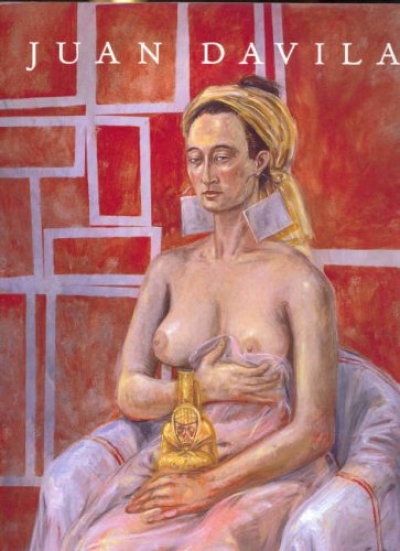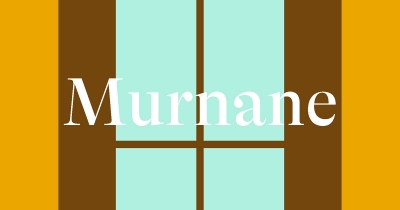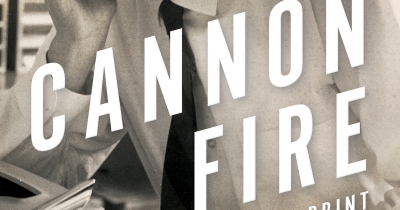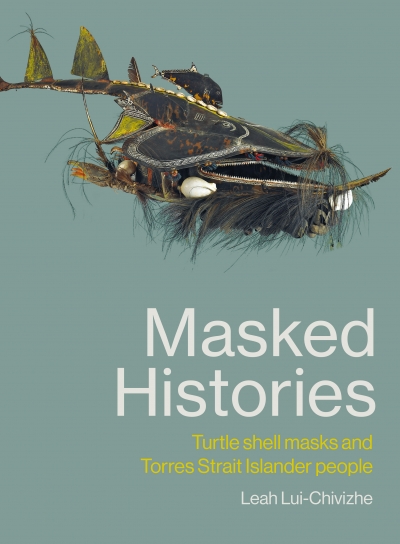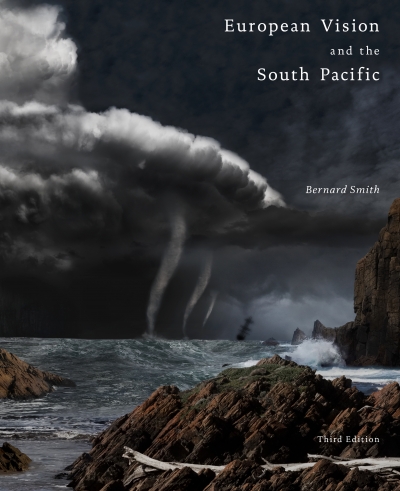Miegunyah Press
Juan Davila with Guy Brett and Roger Benjamin by Juan Davila
by David Hansen •
Masked Histories: Turtle Shell Masks and Torres Strait Islander People by Leah Lui-Chivizhe
by Ben Silverstein •
European Vision and the South Pacific, Third Edition by Bernard Smith
by Lynette Russell •
Emperors in Lilliput: Clem Christesen of Meanjin and Stephen Murray-Smith of Overland by Jim Davidson
by Graeme Davison •
The Red Witch: A biography of Katharine Susannah Prichard by Nathan Hobby
by Sheila Fitzpatrick •
Frances Burke: Designer of modern textiles by Nanette Carter and Robyn Oswald-Jacobs
by Christopher Menz •
In November, Melbourne University Publishing will release the two-hundredth title in the second numbered series of its Miegunyah Press imprint. This is Doing Feminism: Women’s art and feminist criticism in Australia, compiled and edited by Anne Marsh, art historian and Professorial Research Fellow at the Victorian College of the Arts.
... (read more)
